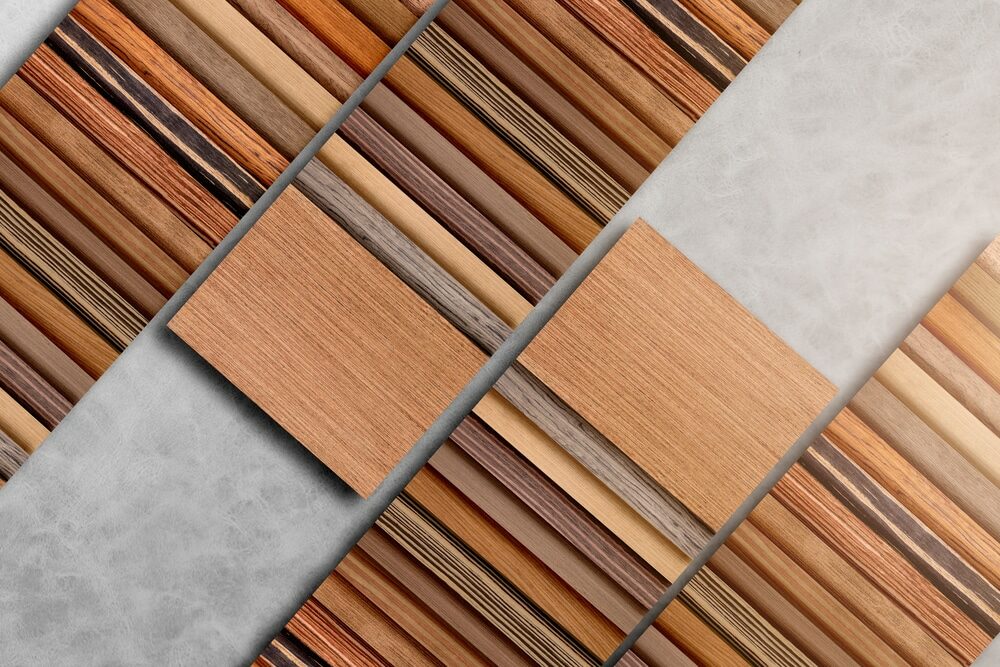London:
Nationwide:
Preventing Damage During Edge Sanding
Posted on September 7, 2023
Edge sanding
Forestalling Damage During Edge Sanding: A Scholarly Approach
In the intricate tapestry of carpentry and woodworking, mastering the art of edge sanding is tantamount to mastering the art of painting a masterpiece with a steady hand and a discerning eye. In my earnest journey through the craftsmanship that epitomises the epitome of human innovation and skill, I have fostered a deep appreciation for the nuances that set apart the ordinary from the exemplary. Thus, I find it incumbent upon myself to delineate the paramount importance of preventing damage during the hallowed process of edge sanding. The discerning craftsman understands that achieving the perfect edge is tantamount to creating a symphony, where each note is critical and indispensable.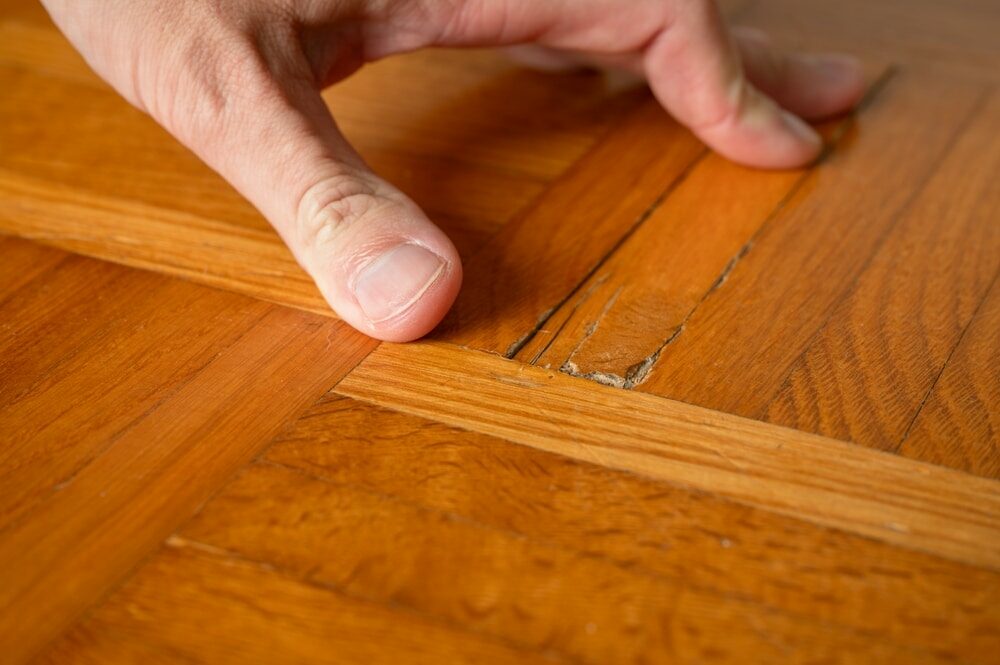 Firstly, allow me to impress upon you, dear reader, the significance of the tools that one employs in this meticulous craft. One cannot simply select any abrasive tool or paper at one’s disposal. A sophisticated approach to selecting the appropriate sanding tool is a prerequisite. The grain of the sandpaper, the quality of the sanding block, and the dexterity of the hand wielding these instruments play a pivotal role in determining the outcome. Not unlike selecting the perfect attire for a formal occasion, one must be acquainted with the variety and suitability of each tool.
Now, casting our gaze towards the material itself, we must acknowledge that each piece of timber comes with its own unique characteristics and demands. The art of woodworking is a dialogue between the craftsman and the material, where one must listen intently to the whispers of the wood grains, understanding their directions and propensities. This, my dear connoisseurs, is where the expertise in preventing damage comes into play.
Firstly, allow me to impress upon you, dear reader, the significance of the tools that one employs in this meticulous craft. One cannot simply select any abrasive tool or paper at one’s disposal. A sophisticated approach to selecting the appropriate sanding tool is a prerequisite. The grain of the sandpaper, the quality of the sanding block, and the dexterity of the hand wielding these instruments play a pivotal role in determining the outcome. Not unlike selecting the perfect attire for a formal occasion, one must be acquainted with the variety and suitability of each tool.
Now, casting our gaze towards the material itself, we must acknowledge that each piece of timber comes with its own unique characteristics and demands. The art of woodworking is a dialogue between the craftsman and the material, where one must listen intently to the whispers of the wood grains, understanding their directions and propensities. This, my dear connoisseurs, is where the expertise in preventing damage comes into play.
Preparation: The Prelude to Mastery
Before one embarks on this voyage, it is imperative to suitably prepare the wooden surface. Cleaning the wood of any remnants of dirt, oil, or other contaminants is not just a task but a ritual that sets the stage for the ensuing masterpiece. One might liken it to a maestro tuning his orchestra, a critical, non-negotiable step that ensures the symphony that follows is nothing short of harmonious. Furthermore, the preparatory phase must also include the judicious selection of the correct grade of sandpaper. The grade, dear reader, must be symbiotic with the nature of the wood in question. For instance, a coarse grit paper (40–60 grit) can be an ally in removing the grossest of irregularities, but one must tread with caution lest one inflict irreparable damage upon the delicate fibres of the wood. Conversely, a finer grit paper (80–120 grit) would be the tool of choice for the gentler task of smoothing the wood, preparing it for the grand finale of finishing. Once your canvas is primed, you are ready to venture forth into the meticulous world of edge sanding. But beware, for here lies the heart of craftsmanship, where skill, patience, and technique form the holy trinity of woodworking.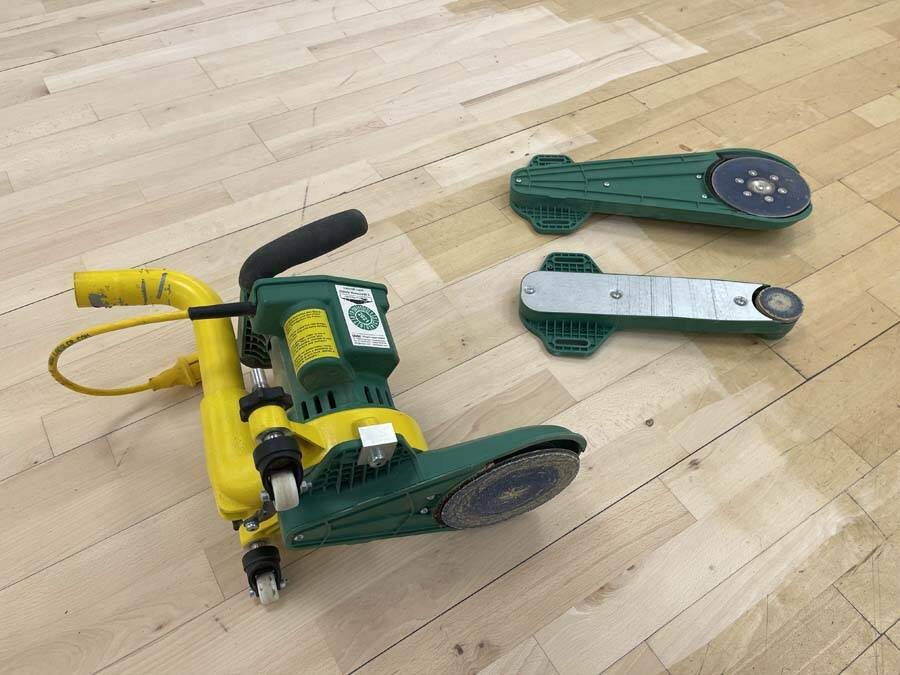
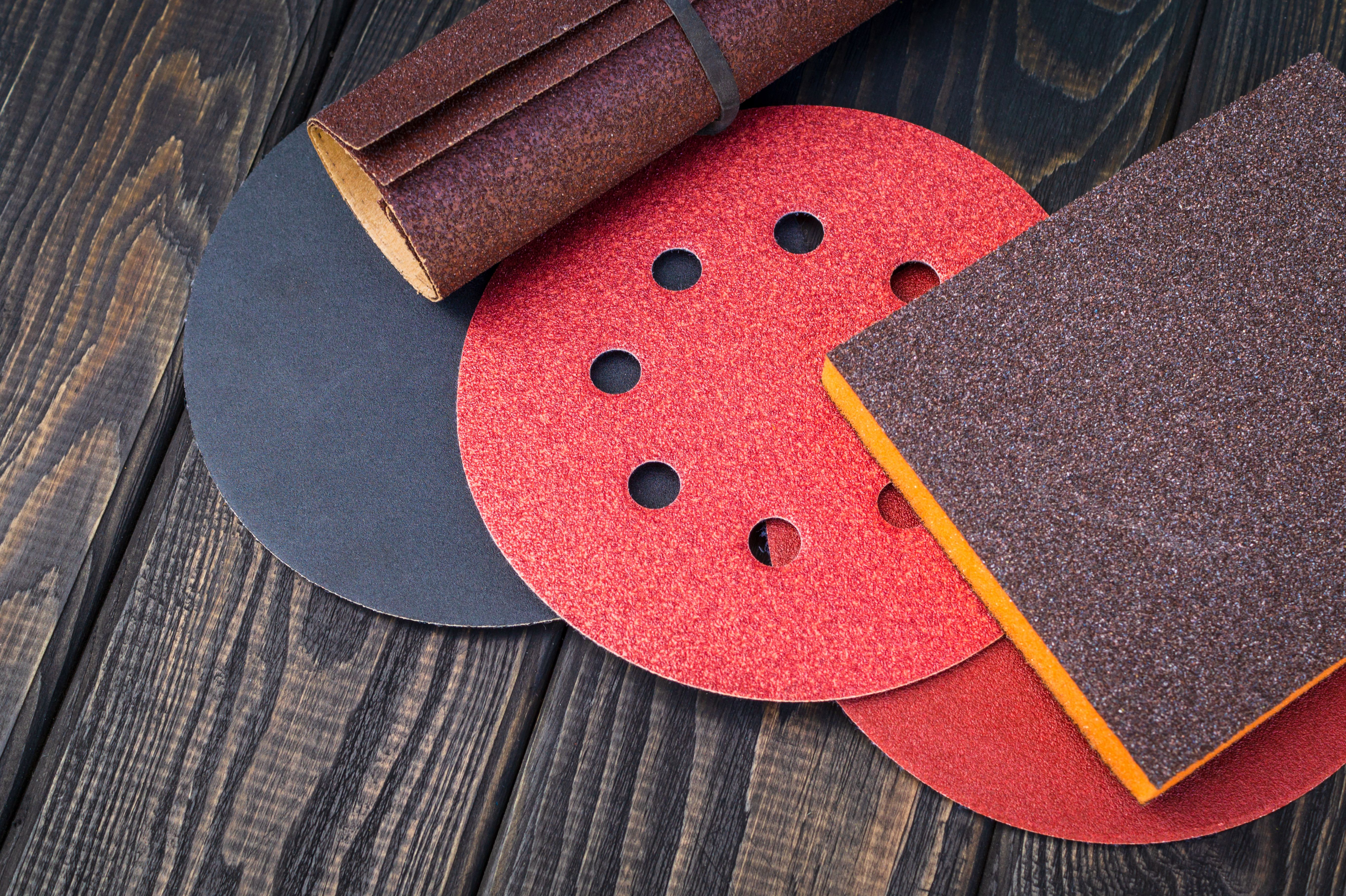
Technique: The Art and Science
At this juncture, let me expound upon the technique that forms the bedrock of successful edge sanding. The first commandment, if you will, is to always sand in the direction of the grain. This technique not only prevents unsightly scratches but also honours the natural integrity of the wood, fostering a relationship of respect and symbiosis between the craftsman and his material. The second commandment emphasises a gentle approach. One must not succumb to the urges of haste and brute force. The craftsman must maintain a gentle yet firm grip on the sanding block, allowing the abrasive surface to do its job without undue pressure. Imagine, if you will, a master painter caressing the canvas with his brush, where each stroke is deliberate and calculated. Moreover, the art of edge sanding demands an intimate understanding of the contours and edges of the piece at hand. A vigilant eye and a sensitive hand are your greatest allies in preventing inadvertent rounding or gouging of edges. You must approach the edges with the reverence and caution with which a gem cutter approaches a precious stone, for one false move could mar the beauty forever. An accomplished craftsman knows that the process of sanding is a gradual one. It necessitates progressing through increasingly finer grits of sandpaper, a process akin to refining a raw gemstone into a dazzling jewel. This progression not only enhances the smoothness of the surface but also precludes the creation of deep scratches that are arduous to remove.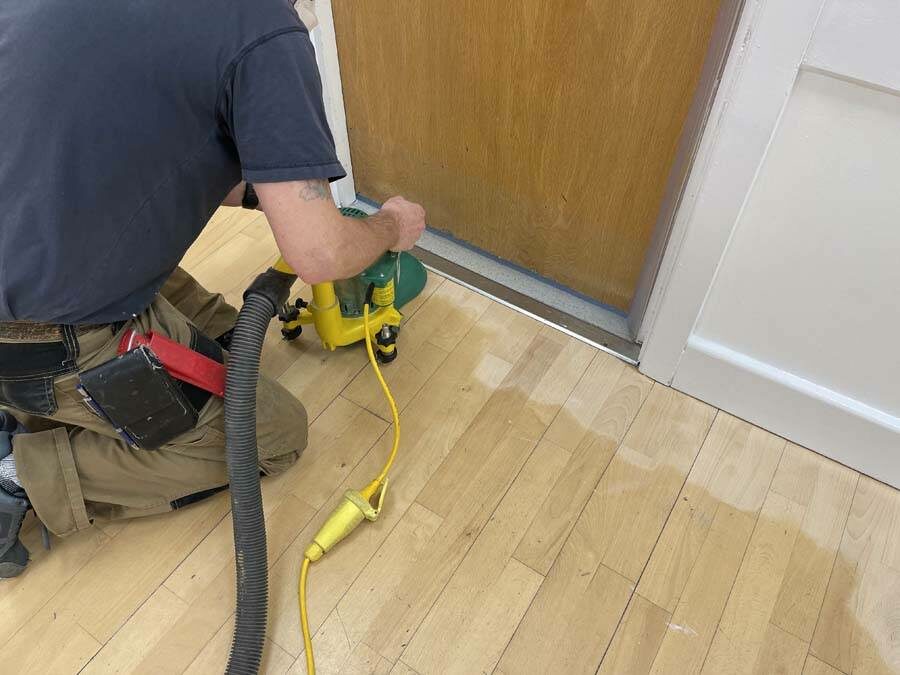
Finishing: The Final Flourish
Now, as we approach the culmination of this journey, we must turn our attention to the finishing phase. This phase is a testimony to the craftsman’s dedication and finesse. One might say that the finishing is the crowning glory of the entire process, a testament to the skills honed and the hours invested in perfecting the craft. During the finishing phase, one must employ the finest grits of sandpaper to achieve a surface that is as smooth as silk and as pleasing to the eye as a masterpiece hanging in the finest gallery. It is here that the craftsman’s skills are brought to the fore, where the subtle art of feathering the edges and achieving a homogenous surface takes centre stage. Furthermore, this phase calls for a meticulous inspection of the work. An experienced craftsman would scrutinise every inch of the surface, ensuring that no flaws or imperfections mar the beauty of the piece. This process is not dissimilar to a master jeweller inspecting a piece of fine jewellery, where even the smallest of imperfections cannot escape the discerning eye. Lastly, it would be remiss of me not to mention the vital role that cleaning plays in the finishing phase. After the sanding is completed, the piece must be cleaned thoroughly to remove any residue or dust that might interfere with the finishing process. A tack cloth or a soft brush can be your trusted companions in ensuring a pristine and ready canvas for the final touch of finish or paint.
In Pursuit of Perfection: The Nuances and Details
Selecting the Ideal Workspace
In the grand scheme of things, the choice of a workspace is often left unspoken, languishing in the shadows of tools and techniques. However, I must argue that the setting in which one undertakes this task is of crucial importance. Picture a room bathed in natural light, with ample space for manoeuvrability and the presence of a sturdy worktable to host your piece. The space should be well-ventilated, offering a sanctuary where the artistry unfolds in the most favourable conditions. It’s akin to setting the stage for a great play, where every detail plays a part in the grand performance.Understanding Wood Types: A Botanist’s Approach
Equally important in our journey is the deep understanding of the material with which we are engaging. Each type of wood, be it oak with its robust personality or pine with its softer, more accommodating nature, beckons a different approach. It’s almost as if one must don the hat of a botanist to understand the intricacies and peculiarities of each wood type. This knowledge allows the craftsman to anticipate the behaviour of the wood, adapting techniques to suit its nature, thus preventing any inadvertent damage during the sanding process.The Importance of Steady Hands: A Ballet of Sorts
Let us not overlook the craftsman’s hands—those miraculous tools that hold the power to create or mar the masterpiece. The dance of sanding is a delicate ballet where the movement of the hands should be fluid yet controlled, rhythmic yet gentle. One must cultivate a steadiness and grace in movement that allow for a seamless transition from one stroke to the next, preventing uneven sanding or undesirable gouges.Testing the Waters: Sampling and Adjustments
Before embarking on this crucial phase, it is the mark of a prudent craftsman to test the waters, so to speak. Preparing a sample piece of wood that is identical in nature to your project piece allows you to try out different grits and techniques. This prudent step serves as a rehearsal, offering a space to fine-tune your approach and thus ensuring that the final performance is nothing short of perfection.Integration: combining skills with intuition
As we navigate through the various facets of preventing damage during edge sanding, it becomes apparent that this is not just a skill to be acquired but an art to be nurtured. It calls for an amalgamation of learned techniques with an intuitive understanding of the wood’s language, a symbiotic relationship that fosters excellence and craftsmanship. Here, integration becomes the key. Combining your knowledge of the wood types, the meticulous preparation of the workspace, the gentle ballet of hand movements, and the wisdom gained from testing phases, you craft a strategy that is both informed and intuitive. In this beautiful marriage of skills and intuition, one finds the true essence of craftsmanship, where each step, each movement, becomes a note in a melodious symphony, leading towards the crescendo of a masterpiece created with love, respect, and unparalleled skill. As we find ourselves on the cusp of concluding this exploration, let us carry forth the knowledge, the insights, and the reverence for this art into our practice. Let us strive to craft not just pieces of work but legacies of exquisite craftsmanship, a testament to the human ability to create beauty through interaction with the gifts of nature.Conclusion: The Symphony of Mastery
As we reach the finale of this discourse, I hope to have imparted upon you, dear readers, a deeper understanding and appreciation for the intricate art of edge sanding. It is a process that demands not only skill and technique but also a deep reverence for the material and the craft. In the world of woodworking, preventing damage during edge sanding is not merely a task but a symphony of mastery where each step plays a critical and indispensable role in crafting a masterpiece. It is a journey that fosters a bond between the craftsman and the material, a relationship steeped in respect and mutual growth. Thus, dear connoisseurs of fine craftsmanship, I entreat you to approach the hallowed process of edge sanding with the reverence and dedication it deserves. Let your journey be a testament to the mastery of skill, the celebration of craftsmanship, and the creation of pieces that stand as a testimony to human ingenuity and artistry.Some Useful Links:
- Stairs Sanding & Refinishing
- Floor Sanding Services
- School Floor Sanding
- Wood Floor Restorations
- Wood Floor Repairs
- Wood Floor Polishing
More from our Blog:
Choosing the Right Edge Sanding Tool for Your Project Tips for Edge Sanding Wide Plank Flooring How to Avoid Common Mistakes in Edge Sanding Differences Between Edge Sanding and Drum Sanding Techniques for Edge Sanding Hard-to-Reach AreasChoosing the Right Sandpaper for Edge Sanding How to Achieve Professional Results with Edge Sanding The Importance of Edge Sanding in Floor Refinishing Hand Scraping for Parquet Floors: Enhancing the Beauty of Geometric Designs The Versatility of Hand Scraping Floors: From Modern to Traditional Design
Sanding
We provide virtually dust-free sanding with our continuous belt machinery with mobile extraction units, giving you a safer environment for your family.
Oiling
This organic finish not only adds beauty to your home but also has exceptional water-repellent characteristics, making it easier to clean and maintain.
Waxing
This natural floor finish offers the softest and most mellow appearance – and leaves your floor able to breath.
Buffing
Using soft buffing machines (and hand-polishing where required) will bring a wonderful sheen to your newly-finished floor.
Repairs
We offer a full assessment of your wooden floors to determine what repairs are needed to provide the perfect working surface for the later stages of sanding, staining and sealing.
Restoration
We offer a comprehensive restoration process designed to address floors that are improperly fitted or damaged over time through wear and tear.
Request a fixed price quote for your wood floor restoration now
Simply enter your postcode below to get started.
Services
Wood Floor Sanding Wood Floor Restoration Wood Floor Scratch Repair Squeaky Wood Floor Repair Parquet Floor Sanding Parquet Floor Restoration Commercial Floor Sanding Church Floor Sanding Community Centre Floor Sanding School Floor Sanding Gap Filling Gap Filling with ResinCopyright © Mr Sander®
Privacy & Cookies Terms & Conditions Complaints Procedure Cancellation Rights Sitemap

